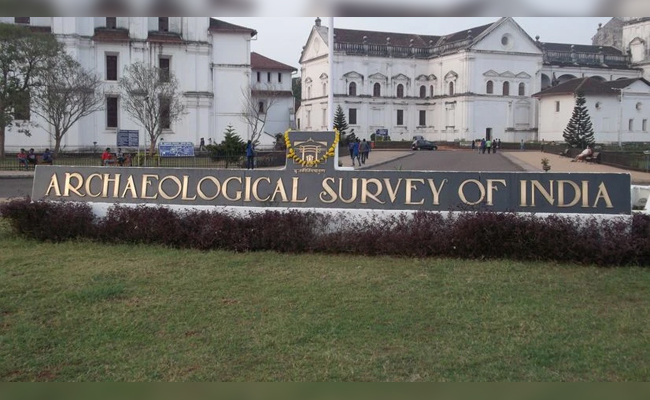Heritage Management and Conservation in India

- 06 Oct 2025
In News:
- India’s rich cultural and architectural legacy, reflected in thousands of ancient monuments and archaeological sites, has long been under the stewardship of the Archaeological Survey of India (ASI).
- Established in 1861, the ASI functions under the Ministry of Culture and enforces the Ancient Monuments and Archaeological Sites and Remains Act, 1958, and the Antiquities and Art Treasures Act, 1972.
- However, with over 3,700 protected monuments under its care, the ASI’s capacity constraints have often resulted in delays and maintenance backlogs.
- Recognizing this challenge, the government has initiated a landmark policy shift to introduce public-private partnerships (PPP) in heritage conservation — marking a major reform in India’s cultural governance.
The Policy Shift
- For the first time, the core conservation of protected monuments will no longer be ASI’s exclusive domain. Under the new model, private players, corporates, and public sector undertakings can directly fund and implement conservation projects under ASI’s supervision. This move seeks to expand capacity, accelerate timelines, and leverage private expertise, while retaining strict professional and regulatory oversight.
- All projects will be monitored by the ASI and must comply with the National Policy for Conservation of Ancient Monuments, Archaeological Sites and Remains (2014). The initiative aims to balance modernization and preservation by fostering collaboration between government, industry, and civil society.
Institutional Framework and Implementation
- The reforms will operate through the National Culture Fund (NCF), established in 1996 with an initial government corpus of ?20 crore.
-
- The NCF enables donors to contribute directly to heritage projects and offers 100% CSR tax exemptions, incentivizing private participation.
-
- To ensure professional standards, the Ministry of Culture will empanel conservation architects of national repute, who will guide donors in planning and executing projects. The Detailed Project Reports (DPRs) will require ASI approval before implementation.
- Private donors, guided by these architects, can hire external implementing agencies experienced in restoring structures over 100 years old. Initially, a list of 250 monuments requiring urgent conservation will be released for donor selection.
Track Record of the National Culture Fund
Since its inception, the NCF has mobilized around ?140 crore in corporate and public donations, supporting over 100 conservation projects. Notable examples include:
- Bhuleshwar Temple (Pune),
- British Residency (Hyderabad),
- Group of Monuments at Mandu,
- Purana Qila and Red Fort site museums (New Delhi),
- Ongoing work at Vikramshila (Bihar), Deobaloda (Chhattisgarh), and Singorgarh Fort (Madhya Pradesh).
Significance and Safeguards
- The PPP model represents a shift from state monopoly to collaborative stewardship, ensuring accountability, transparency, and efficiency.
- The ASI retains its supervisory authority, maintaining consistency with India’s constitutional framework, where heritage conservation falls under both Union and State jurisdictions, as outlined in the Seventh Schedule and Article 253.
- Qualified conservation architects, empanelled through due diligence, will ensure technical integrity, while all financial contributions must pass through the NCF to prevent misuse. The government views this as a cautious, phased reform, initially assigning private players a supplementary role to test the model’s viability.
Comparison with Past Initiatives
Unlike the earlier ‘Adopt a Heritage’ scheme, which allowed corporates to develop tourist amenities such as cafes and restrooms as “monument mitras,” the current initiative extends to core conservation work. This marks a decisive evolution from heritage promotion to heritage preservation.
Conclusion
India’s new heritage management framework reflects a pragmatic blend of Aatmanirbhar Bharat, cultural preservation, and corporate participation. By integrating private sector efficiency with ASI’s institutional expertise, the model promises to make heritage conservation financially sustainable, technologically advanced, and socially participatory — ensuring that India’s timeless legacy endures through collective stewardship.
